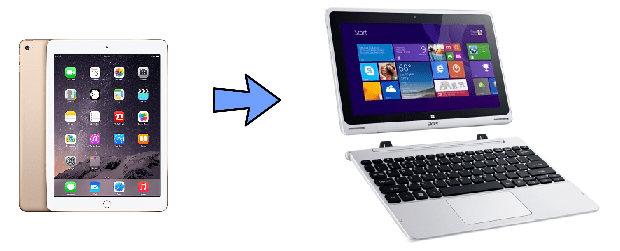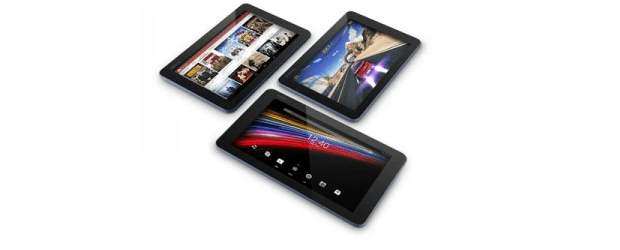With a five-year compound annual growth rate (CAGR) of 4.5 per cent, spending by businesses with fewer than 1,000 employees on IT hardware, software, and services, including business services, is expected to be slightly stronger than IDC’s previous forecast.
Ray Boggs, vice president, SMB Research at IDC, said SMB IT spending growth continues to track about two percentage points higher than GDP growth across regions. But beneath that slowly rising tide are faster moving currents that reflect the changing ways SMBs are acquiring and deploying technology.
SMBs around the world are increasingly interested in investing in resources to improve employee productivity and improve their competitive positions. Boggs noted that while SMBs, especially smaller ones, have immediate tactical needs to sharpen performance, they are also looking to coordinate resources in a meaningful way. For many this will be an important step towards Digital Transformation (DX).
SMBs will spread their IT investments about equally across the three major categories – hardware, software, and IT services – with these categories accounting for more than 85 per cent of total SMB technology spending worldwide. While hardware purchases currently represent the largest share of this spending, IDC expects 2019 to be the watershed year when software and IT services spending both surpass hardware spending. The smallest of the major categories – business services – will see the greatest spending growth of the four technology categories at 7.1 per cent CAGR, followed closely by software (6.9 per cent CAGR).
One third of all SMB software purchases in 2017 will be from the top three applications categories: enterprise resource management (ERM), customer relationship management (CRM), and content applications. Application development & deployment and system infrastructure software will also be key areas for SMB software investment. Hardware spending will be led by purchases of PCs and peripherals, which accounted for almost half of SMB hardware spending in 2016 (49.6 per cent) a share that will decline throughout the forecast period to 43.3 per cent. SMB services spending is divided between IT services and business services. While SMB spending on IT services will continue to be more than twice that of business services throughout the forecast period, business services’ share is growing, with spending growth roughly twice that of IT services (7.1 per cent vs. 3.7 per cent CAGR).
Medium-sized businesses (100-499 employees) will be the largest market throughout the 2016-2021 forecast with 38 per cent of worldwide SMB IT products and services revenues coming from this group of companies. The remaining revenues will be generated about equally by large businesses (500-999 employees) and small businesses/small offices (1-99 employees). Medium and large firms will also experience the strongest spending growth with CAGRs of 4.6 per cent and 4.5 per cent respectively, slightly above small business spending growth of 4.4 per cent The SMB opportunity for both near-term and long-term IT spending growth extends across all company size and technology categories.
SMB IT Spending by Region
On a geographic basis, the United States represents the largest market with SMB IT spending expected to total $171.3 billion in 2017. North America in total will account for about one third of worldwide SMB IT spending throughout the forecast period. Western Europe and Asia/Pacific (excluding Japan) are the second and third largest regions for SMB IT spending, with Asia/Pacific growing faster than the overall market. The region with the fastest growth over the five-year forecast will be Latin America (6.3 per cent CAGR), although the U.S. and Asia/Pacific (excluding Japan) will not be far behind.





